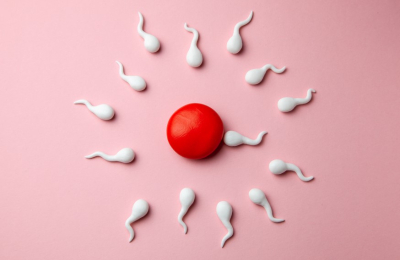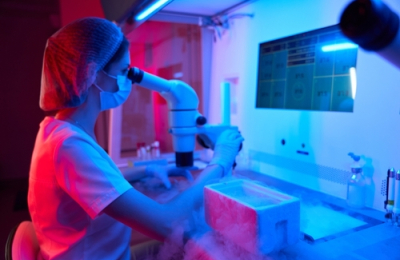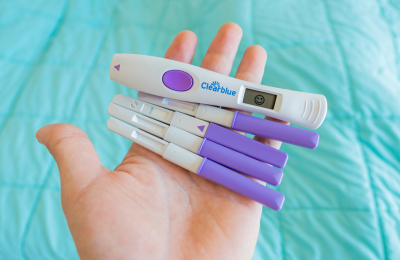
A large randomized control, double-blind clinical trial spanning seven centers in the UK and Hong Kong has concluded that IVF time-lapse imaging does not increase the live birth rate.
Time-lapse imaging involves digital imaging of developing in vitro embryos in an incubator every five to fifteen minutes, allowing remote evaluation and monitoring. Clinics claim this method improves traditional IVF, where embryos must be removed from the incubator for evaluation, by letting them develop undisturbed and improving embryo selection.
The trial, led by Dr. Priya Bhide from the Women's Health Research Unit at Queen Mary, University of London, involved 1575 women aged 18 to 42 undergoing IVF. Participants were divided into three groups of 525: one group used time-lapse imaging with specific variables for embryo selection, another used standard time-lapse imaging with undisturbed embryos, and the third used traditional treatment with embryos removed for monitoring.
The primary goal was to assess live birth rates. The results showed no significant differences: 33.7% for the extended time-lapse imaging group, 36.6% for the standard time-lapse imaging group, and 33.0% for the traditional treatment group. Thus, the study concluded that time-lapse imaging does not improve IVF success rates.
Dr. David Chan from the Prince of Wales Hospital in Hong Kong suggested that labs might reconsider their equipment investments, focusing on tools that directly impact live birth rates to balance IVF costs and patient affordability. The study noted that future technological advancements could alter the benefits of time-lapse imaging.
Sarah Norcross, director of PET, emphasized skepticism toward claims that any technology or add-on can significantly improve IVF success. She argued that clinics should not charge extra for fertility treatments involving time-lapse imaging.
Source - https://www.thelancet.com/journals/lancet/article/PIIS0140-6736(24)00816-X/fulltext








































































